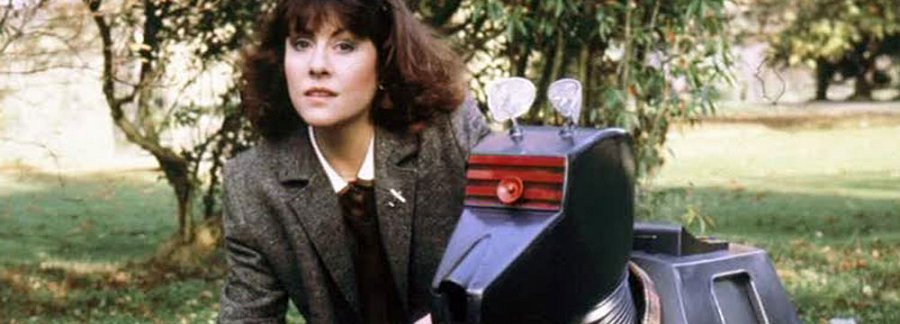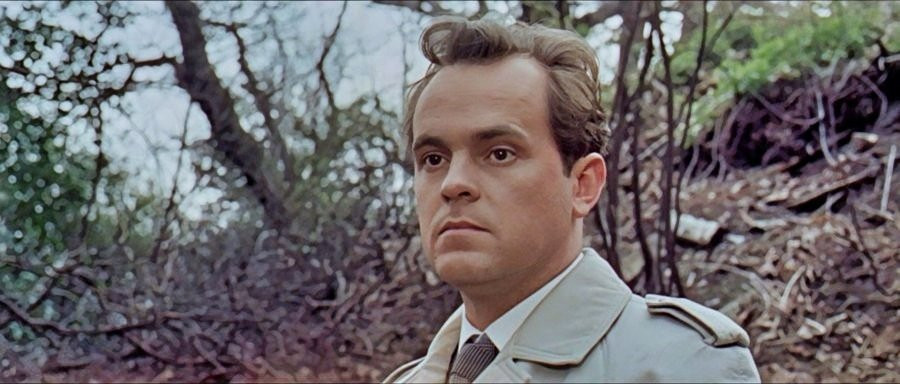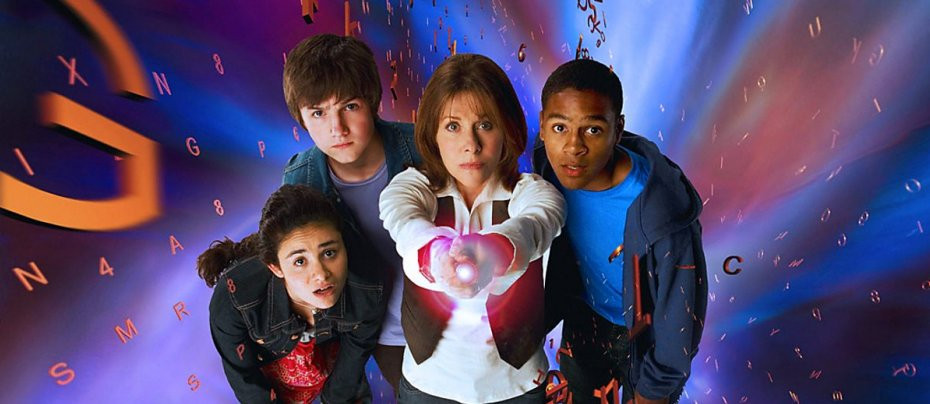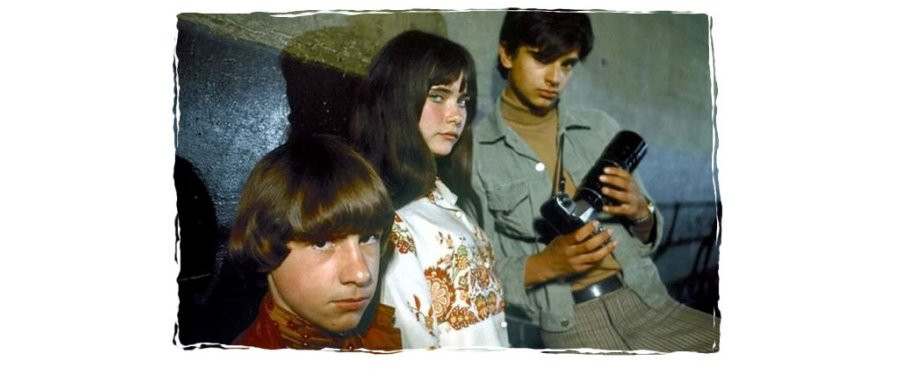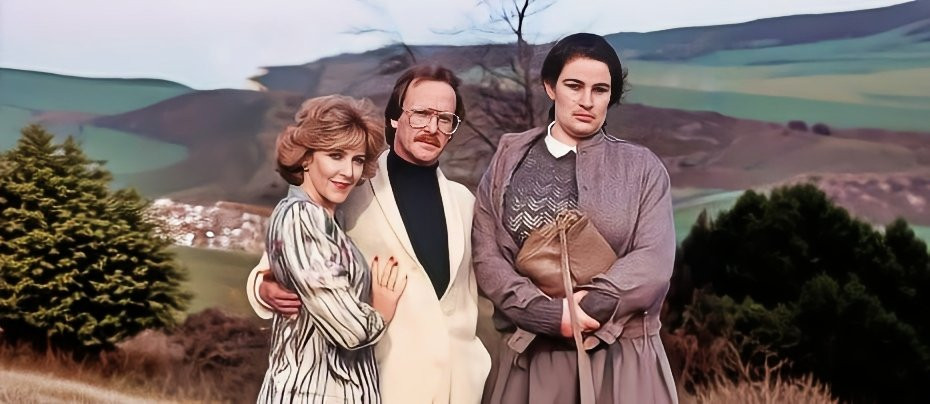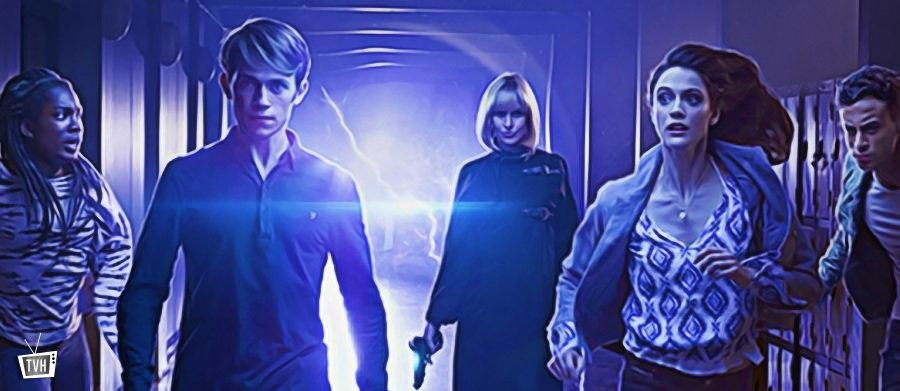The Brain of Morbius

A four-part serial broadcast at the very beginning of 1976, The Brain of Morbius is another archetypal Doctor Who serial from the series' gothic horror era. Earlier in the season, Pyramids of Mars had delivered a sci-fi spin on Egyptian mummy horror, while Planet of Evil had used some very questionable science to create a spin on Dr. Jekyll and Mr. Hyde. The Brain of Morbius exemplifies this era of “science horror” with a pastiche of the novel that started it all: Frankenstein.
The Brain of Morbius (1976) review by Dan Tessier
Prolific Who scriptwriter Terrence Dicks wrote the initial script based on a directive from producer Philip Hinchliffe to deliver a script about a robot. Dicks crafted a story about a robotic being, incapable of perceiving beauty, that was trying to create a human body for its master, only to create something monstrous. Unfortunately, the budget for the season was already stretched thin, and creating both a sophisticated robot and a hideous monster was beyond the scope of the production team. Dicks was on holiday and uncontactable when script editor Robert Holmes performed a complete rewrite. Dicks was reportedly very unhappy with the changes upon his return and refused to be credited for the script, instructing Holmes to send it out under “some bland pseudonym.” Hence the credited writer, “Robin Bland.” Dicks, tuning in to see what had become of his story, reportedly found this so funny he made his peace with Holmes.
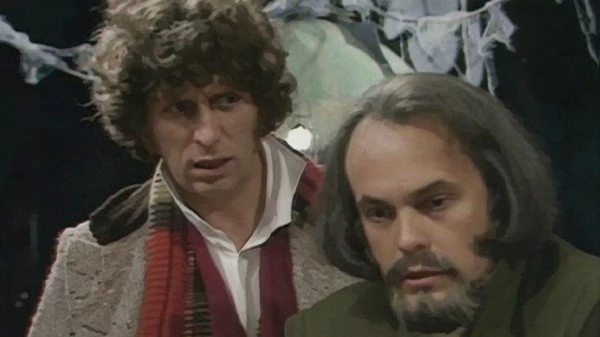
The reworked story sees the Doctor (Tom Baker) and Sarah Jane (Elisabeth Sladen) arrive unexpectedly on the planet Karn, with the Doctor immediately convinced that the Time Lords have sent him there against his will and going into a sulk. (Given that, two serials earlier, the Doctor overshot his intended destination by 30,000 years, he might just be covering for another foul-up.) Karn is seemingly an entire planet of gothic horror tropes, with an endless storm lashing decrepit castles. In one of these dwellings lives Professor Mehendri Solon, a revered neurosurgeon who vanished in mysterious circumstances. Solon is a fanatic, and deep within his lair, is constructing a new body for Morbius, a Time Lord dictator and war criminal who once attempted to take over the galaxy, before the Time Lords caught up with him and executed him by disintegration. Only his brain survived, rescued by Solon (although lord knows how).
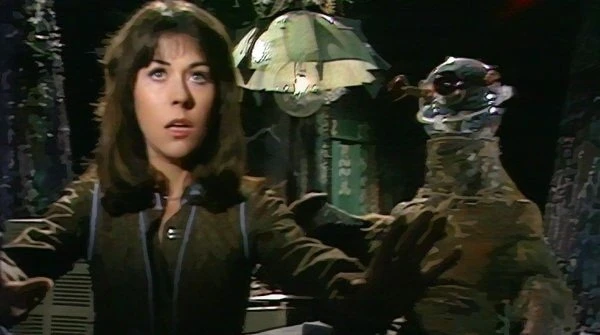
The serial's director, Christopher Barry, picking up on the Universal and Hammer Horror riffs of the script, initially hoped to get a horror movie icon to play Solon. He considered reaching out to Vincent Price, Christopher Lee or Peter Cushing (the latter had, of course, played the Doctor in two big screen Dalek adventures in the 1960s). As wonderful as any of them would have been, we would have missed out on the brilliant performance of Philip Madoc (Manhunt, Flickers, The Life and Times of David Lloyd George). Madoc had an exceptional ability to deliver a quiet, measured performance that was, nonetheless, dripping with menace. (See also his performance as the War Lord in Patrick Troughton's final Doctor Who serial, The War Games.) As a classic mad scientist, Solon has some fabulously ranting lines, but only Madoc could take a line like “You chicken-brained biological disaster!” and underplay it.

Solon has been busy stitching together a new body for Morbius from the various alien creatures who have crashed their spaceships on Karn over the years, assisted by his hook-handed, hunchbacked henchman, Condo (Colin Fay – All Creatures Great and Small, Legacy of Murder). The result is a nightmarish monstrosity with one crab-like claw and one human arm (Condo's – he’s not happy when he finds out what happened to it).
As well as drawing inspiration from Frankenstein and its many cinematic adaptations, the story has more than a bit of The Island of Doctor Moreau in its make-up as well. It's a pity that none of the parts that have been stitched together to make Morbius are recognisable. An insect-like Mutt, from the serial The Mutants, broadcast four years earlier, crashes on the planet in the opening moments of the serial, but is discarded by Solon. It would have been fun to see pieces of existing Doctor Who monsters cobbled together for the Morbius creature.
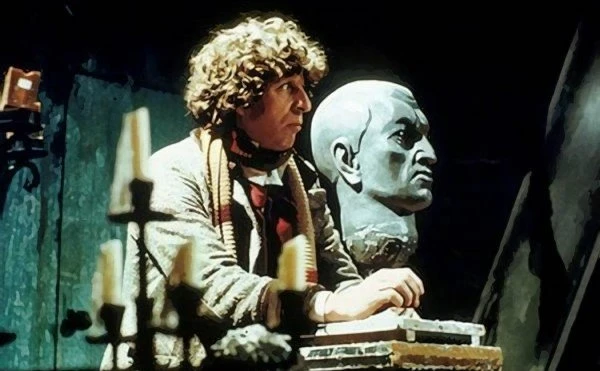
The one thing that Solon is missing is a new head for his masterpiece, and now he has his heart set on the Doctor's. It doesn't seem to occur to him that he could chuck the whole monster body in the bin and put Morbius's brain straight into the Doctor's head, giving the maniac a nice new Time Lord body to enjoy. However, both the Doctor and Solon have to contend with the other inhabitants of the planet: the Sisterhood of Karn, an all female group of mystics who guard the secret of immortality with their terrible mind powers. Yes, there's witches in this too.
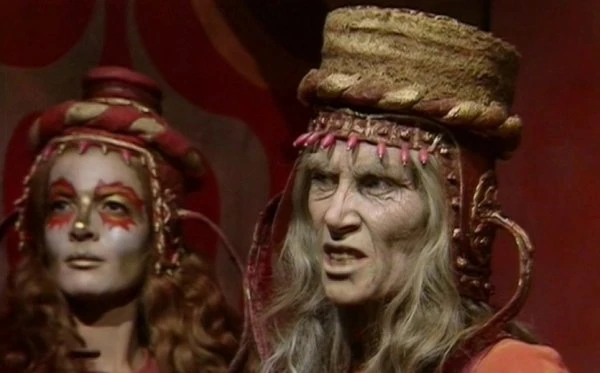
Cynthia Grenville plays Maren, the leader of the Sisterhood. Made up to Look older than her forty-five years, Grenville (Poldark, The Gift) gives the role the required gravitas. She pretty much single-handedly saves the Sisterhood from being entirely risible. The rest of them dance around their “sacred flame,” which is seemingly also their elixir of immortality, in a hopelessly unconvincing cave set. Gilly Brown (The Mayor of Casterbridge) is absolutely hopeless as her number two, Ohica.
The concept, however, is fascinating.
We're still in the relatively early days of Doctor Who's mythology-building, when we knew little of the Doctor's people. Not only do we discover that the seemingly aloof Time Lords were heavily involved in the affairs of “lesser species” at some point, but one of their number decided to try his hand at conquest, sparking an interstellar war. The Doctor recognises Morbius's “mental imprint,” so this seemingly all happened in his lifetime, with his involvement to at least some extent. Added to this we have the Sisterhood, female counterparts to the Time Lords (who, so far, had only ever been presented as male), who embrace magic instead of science, and immortality instead of regeneration. They have a delicate peace with the Time Lords, occasionally allowing them to use their elixir when a regeneration is failing, and otherwise jealously guarding it.
The biggest, and most controversial, addition to the series' backstory occurs in the final episode. Having failed to half-inch the Doctor's head, Solon has removed Morbius's brain from its jar and installed it in a bug-eyed artificial braincase on top of the monstrous body. The Doctor, intent on stopping Morbius from restarting his campaign of conquest, challenges him to a psychic battle. Michael Spice (Waggoners' Walk) gives a gloriously over-the-top vocal performance as Morbius, and also provides the basis for the sculpture of Morbius that keeps Solon company on the long Karn nights. Morbius accepts the Doctor's challenge, and the two are linked up to a brain-scanning machine, which handily projects an image of their mental wrestling.
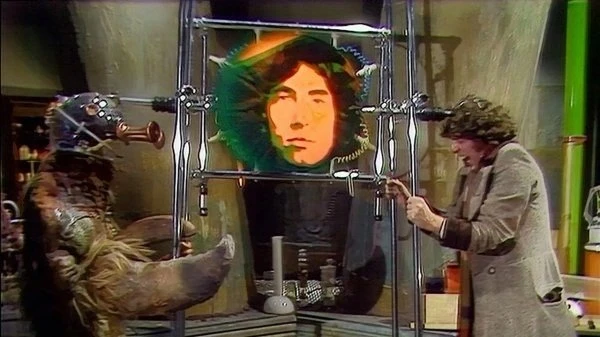
First, we see the image of Morbius's artificial head, then Spice as Morbius. It then switches to that of Baker as the Doctor. The two Time Lords each try to wrestle the other back through their lives, until they die from the strain. On the monitor, Baker's face dissolves into Jon Pertwee, then Patrick Troughton, then William Hartnell... and keeps going. As Morbius gloats that he will send the Doctor “back to (his) very beginnings!” eight other faces appear, sporting some nifty hats and fabulous facial hair, before the Doctor collapses from the strain. Fortunately, he has gambled correctly: Morbius's plastic braincase can't take it either and shorts out. Only the Sisterhood's elixir is able to save the Doctor's life.
This, of course, raises an enormous question. Who were those other men if Hartnell's Doctor was the first? Many fans have assumed that these were the faces of Morbius, and that he wasn't actually winning like he believed, but this, while not impossible, requires a deliberate misreading of the scene. Producer Philip Hinchliffe later confirmed that he had intended to show prior faces of the Doctor, and to imply that Hartnell was not the first. However, virtually everything else in the series contradicts this... until 2020's controversial episode The Timeless Children, in which Jodie's Whitaker's Thirteenth Doctor learns that she had countless other lives before and a whole extra childhood before the life she remembers. The faces from The Brain of Morbius even make a quick appearance.
Hinchcliffe had intended to get some famous faces involved, but with no money and no one willing to do it for free, he resorted to “backroom boys,” wearing stock period costumes and false beards, appearing in a Cavalier's costume himself, alongside director Barry, script editor Holmes and five others cribbed from Television Centre. While they're mostly good for a bit of trivia, these eight fleeting cameos have caused more discussion among Doctor Who fans than you would believe. While they can, of course, be rationalised away (maybe they were a trick, an illusion, or glimpses of possible lives) it's more fun to just accept that the Doctor has had secret lives. That's certainly been the approach by Obverse Books in their trilogy of unofficial charity collections, Forgotten Lives. (Full disclosure: I wrote stories for books two and three. My Doctor is the third from last one, “played” by Christopher Baker, who became a prolific television director.)
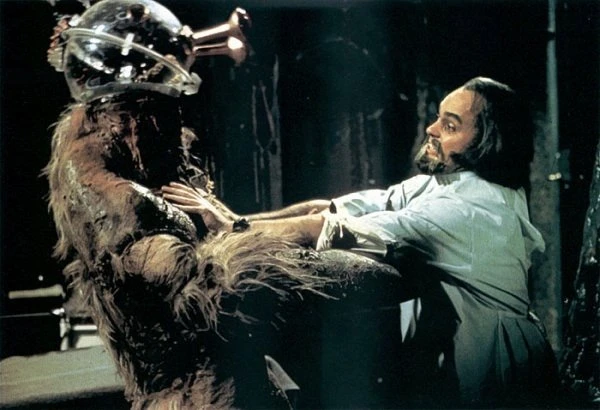
As evidenced by the above, this brief flight of fancy threatens to overwhelm the rest of the serial. For most of the audience though, it would have been a minor curiosity, if that. No, the average viewer would have enjoyed this gleefully gruesome, unapologetically absurd slice of gothic horror. Mixing science and the supernatural to entertaining effect, The Brain of Morbius treads a fine line when it comes to the horrific, with more blood and gore on display than the series had ever tried to get away with before. It, understandably, drew the ire of some in the audience, including the watchful eyes of Mary Whitehouse and the National Viewers' and Listeners' Association. While they may have had a point – this was still a children's show after all – it's hard to deny that The Brain of Morbius is atmospheric ludicrous fun, with Tom Baker and Elisabeth Sladen both at the top of their game and a delicious guest star in Philip Madoc.


